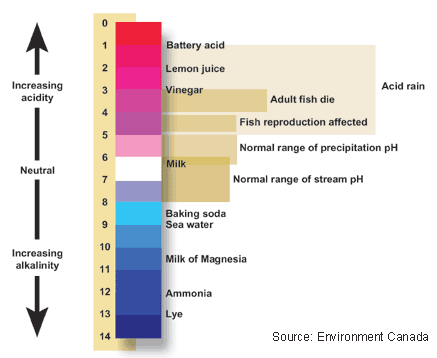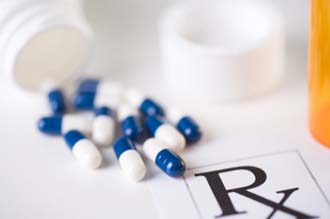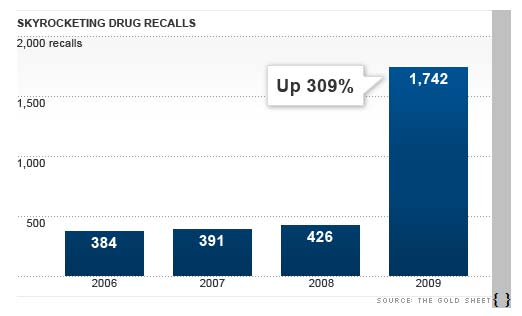Steel gas mains draw regulators’ scrutiny
Failures of pipes like the one in California blast have triggered action in other states


Natural gas mains made of steel, like the one that apparently failed in Thursday’s deadly California explosion, are considered especially susceptible to corrosion and leaking, leading regulators in some states to consider replacing them.
Pacific Gas and Electric Co., which serves the San Francisco Bay Area, said Friday that it had isolated a damaged section of a 30-inch steel pipeline in San Bruno after the blast, which killed at least four people, injured 52 others, destroyed 38 homes and set off a fire that charred 15 acres.
-
An msnbc.com-NBC News report
Alex Johnson is a reporter for msnbc.com. Bill Dedman of msnbc.com and Roger Gray of NBC station KETK of Tyler, Texas, contributed to this report.
In general, gas pipelines are safer than ever: “Distribution incidents” like leaks, fires and explosions have declined sharply since 1970, when many utilities began switching over to plastic pipes, which are less vulnerable to corrosion, according to the Pipeline and Hazardous Materials Safety Administration. Deaths in such incidents have declined in turn, from 246 in the 1970s to 120 in the 2000s.
But while the majority of natural gas pipes are plastic, about 60 percent of the nation’s 475,000 miles of larger gas mains — those wider than 16 inches in diameter — are steel, according to the Natural Gas Supply Association. That’s because steel pipes can better withstand the pressurization used to move gas efficiently through large pipes.
-
- U.S.: 3,500 unused Gulf wells must be plugged
Updated 65 minutes ago Energy companies in the Gulf of Mexico will have to permanently plug nearly 3,500 nonproducing wells and dismantle about 650 unused platforms, the Obama administration says. Full story
- Final 'kill' of BP well planned by Sunday
- Updated 63 minutes ago One for the establishment — Ayotte wins N.H. GOP nod
- When the war comes home
- Updated 16 minutes ago PG&E had OK to fix pipe near blast; work not done
- Were you in the Peace Corps? Share your photos
- U.S.: 3,500 unused Gulf wells must be plugged
That strength doesn’t necessarily translate to safety — federal figures show that steel pipes are implicated in more natural gas incidents than those made of plastic materials.
Through Aug. 11 — the last date for which data are available — the Pipeline and Hazardous Materials Safety Administration recorded 57 such incidents this year, 21 of them involving steel pipes and 11 of them plastic pipes. Most of the other incidents also involved metal pipes, usually aluminum or cast iron.
If you own a gas grill, you probably already deal with the main vulnerabilities of steel pipes. Steel corrodes, and because it’s rigid, it can crack under stress. As older steel gas mains have started giving way, explosions — some of them deadly — have led regulators in several states to reconsider whether they’re the best option.
Atmos Energy Corp., the second-largest natural gas distributor in the country, with operations in 12 states, agreed last month to replace 100,000 of the most vulnerable steel pipelines in its North Texas territories by late 2012. The agreement follows years of investigations by Dallas TV station WFAA into explosions involving steel pipes or steel couplings, like one in January, when leaking gas exploded in a home in Irving, killing the owner and seriously injuring his wife.

All told, regulators have identified at least six major explosions since 2006 involving Atmos steel pipelines in Texas, prompting the Texas Railroad Commission, which regulates natural gas pipelines, to study the feasibility of replacing all 525,000 steel service lines across the state.
“Experience has revealed that [steel] is the most prone to leak, so it all needs to come out,” said Geoffrey Gay, a lawyer representing several Texas towns in negotiations with Atmos and the Railroad Commission. “Obviously, my clients are always worried about the health and safety of their citizens.”
Regulators in other states are also starting to crack down.
In Washington, Puget Sound Energy Corp. has until the end of the year to replace about 9,000 older steel natural gas lines in the western part of the state. The deadline was set as part of a settlement with regulators after an investigation of an explosion that killed a 68-year-old woman at her home in Bellevue, a suburb of Seattle, in 2004.
And in Arizona, regulators include a notice in monthly bills sent by Southwest Gas Corp., which serves nearly 2 million natural gas customers in the state and in California and Nevada. The notice warns that “buried steel gas lines are subject to the effects of corrosion if they are not maintained, which could result in leakage,” and says it’s the customer’s responsibility to monitor the lines “to identify these potential problems before they become hazardous.”
It’s not yet known whether the steel composition of the pipe was a factor in Thursday’s blast, but PG&E said it would “take accountability” if it was at fault. The National Transportation Safety Board sent a four-member team to investigate.
Follow Alex Johnson on Facebook | Follow Alex Johnson on Twitter
© 2010 msnbc.com Reprints


 Recalls of prescription and over the counter drugs are surging in the U.S. The FDA reported more than 1,700 recalls last year, compared to less than 430 in 2008.
Recalls of prescription and over the counter drugs are surging in the U.S. The FDA reported more than 1,700 recalls last year, compared to less than 430 in 2008.
Some People are Naturally More Prone to Formaldehyde Poisoning
Why Aspartame is NOT a Dieters Best Friend
Artificial Sweeteners Actually INCREASE Weight Gain
Aspartame and Premature Birth
Does Aspartame Cause Cancer?
Have You Experienced a Bad Aspartame Reaction? Report it!